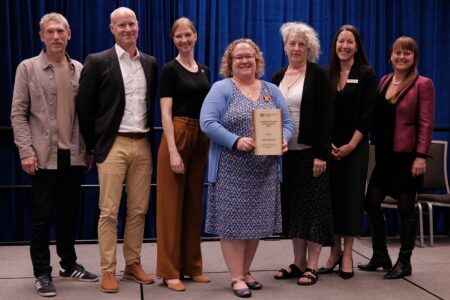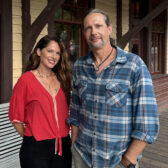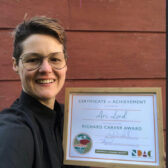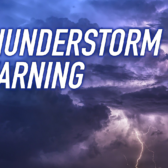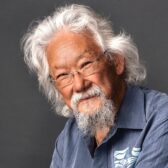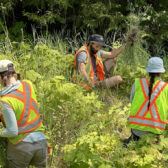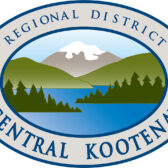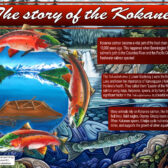SD8 primary grade class size averages come in slightly above provincial average; secondary class sizes below the mark
Class sizes across School District 8 are not an outsized problem, and remain slightly above or below provincial averages, according to a recent report delivered to the school board.
The Class Size Report handed to the School District 8 (Kootenay Lake) board of trustees on Nov. 10 found most primary grade class averages slightly higher than the provincial average, with the grade 8-12 averages well below the provincial mark.
The class size averages were far from alarming, said SD8 superintendent of schools Jeff Jones, and more about informing.
“Class sizes in this district align with the requirements as outlined by the ministry,” said Jones. “We are interested in finding ways to reduce our class sizes in order to support new pedagogy and practices.”
Based on Oct. 15, 2015 enrolment, the district average for kindergarten is 19.9 full time equivalent (FTE) students, with Brent Kennedy School in South Slocan the highest at 21.8 FTE students, Crawford Bay School the lowest at 11 students. The provincial average for 2014-15 was 19.5 students for kindergarten.
Hume School was 20.6 FTE, Blewett 22, Redfish Elementary was 19 FTE students, Rosemont came in at 19, Salmo Elementary was 21.3 FTE, South Nelson 20.5 FTE, W.E. Graham (Slocan) 16 and Winlaw Elementary at 18.
Class size averages rose slightly for Grades 1-3 across the district, with a district-wide average of 21.6 students — a fraction higher than the provincial average of 21.5. Both Rosemont Elementary School and Blewett Elementary School had the highest averages in the district at 23.6 FTE students, while Yahk Elementary came in with three FTE students and Crawford Bay at 11 FTE students.
Hume School was 23.3 FTE, Redfish Elementary was 23.5 FTE students, Brent Kennedy came in at 22.7 FTE, Salmo Elementary was 22.6 FTE, South Nelson 22.8 FTE, W.E. Graham 15.8 FTE, Wildflower School (Nelson) at 22.4 FTE and Winlaw Elementary at 19.8 FTE.
Class averages jumped across the district in the grades 4-7 category with a 26.1 count — slightly higher again than the provincial average of 25.6. Creston’s Adam Robinson Elementary School was the highest with 29.3 FTE students, the largest class size of all grades in the district. The smallest again was Yahk with three FTE students, and Jewett with 14 FTE students.
Blewett was 28.8 FTE, Crawford Bay was 22, Hume School was 28.4 FTE, Mount Sentinel Secondary School (South Slocan) was 26.5 FTE, Redfish Elementary was 21, Rosemont was 27.5 FTE, Brent Kennedy came in at 27.7 FTE, Salmo Elementary was 27.3 FTE, Salmo Secondary was 21.2 FTE, South Nelson 26.8 FTE, Trafalgar was 27, W.E. Graham 18.6 FTE, Wildflower School 23.3 and Winlaw Elementary at 24.7 FTE.
For grades 8-12, the SD8 class size average was 20.4 FTE students, well below the 23.2 provincial average for grades 8-12. Nelson’s Wildflower School was the highest at 29 FTE students, while the lowest was Crawford Bay School at 14.5 FTE students.
L.V. Rogers was 24.3 FTE, Mount Sentinel was 22.4 FTE, while Salmo Secondary came in at 17.3 FTE. Trafalgar had 22.8 FTE students and W.E. Graham was 14.1 FTE.
The Class Size Report is a document that is required annually by the Ministry of Education and is also delivered to the board of trustees.
With the exception of some classes at L. V. Rogers and Prince Charles Secondary School in Creston, class sizes in the district meet the required maximum numbers at the provincial level, Jones explained.
“All districts are required to adhere to class size maximums as outlined in the legislation, he said. “Where some classes exceed the maximum, we are required to compensate the teacher.”
By provincial legislation, class size for kindergarten in a public school cannot exceed 22 students and grades 1-3 cannot exceed 24 students under any circumstances.
For Grades 4-12, the limit is 30, but there is flexibility to exceed that limit for designated subjects where large class sizes are beneficial (such as band, drama and physical education).
Teachers are offered additional preparation time, professional development funding, paid leave or other similar compensation in those cases where academic classes exceed 30.
Even still, there is an effort to lower class sizes across the district.
“There is an interest in finding ways to organize effectively for learning that best support students,” said Jones. “This conversation goes beyond the limitations of class size. Our district is interested in ensuring that our schools are staffed in the best ways to support students’ changing learning needs.”
Nelson school trustee Curtis Bendig agreed.
“Most important is creating learning environments where all students can thrive,” he said. “The class size report certainly does not capture the complexity and diversity that exists within our district.”
He pointed out that some of the district’s rural schools have less total students than any of Nelson’s kindergarten classes.
“Class size averages are useful for looking at provincial trends, but each of our schools, classes and students are unique with stories that can not be captured by a page of numbers,” he said.
A comprehensive class size report for the province is published annually and can be found at: https://www.bced.gov.bc.ca/reporting/province.php.
Tracking the provincial numbers
Since 2000-01, the number of total public students has decreased by 12.6 per cent, or approximately 79,500 (from 632,508 to 552,788 in 2014-15).
Of B.C.’s 66,596 kindergarten to Grade 12 classes in 2014-15, 41 per cent have fewer than 24 students, and 57 per cent have between 24 and 30 students.
Only 1.6 per cent of classes have more than 30 students, and the majority of these are in subjects like band, drama and gym where larger numbers are beneficial and intentional.
Since 2005-06, the number of classes with more than 30 students has decreased by 88 per cent, from 9,253 to 1,077.
Source: Ministry of Education, Friday, April 17, 2015 Factsheet




